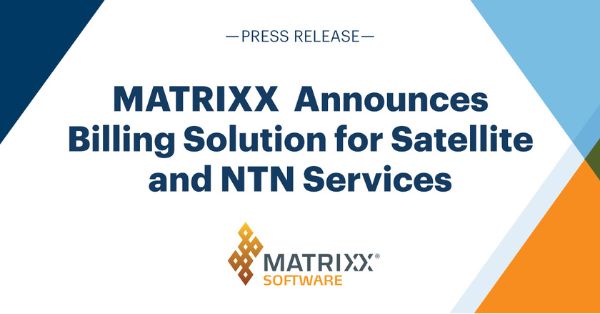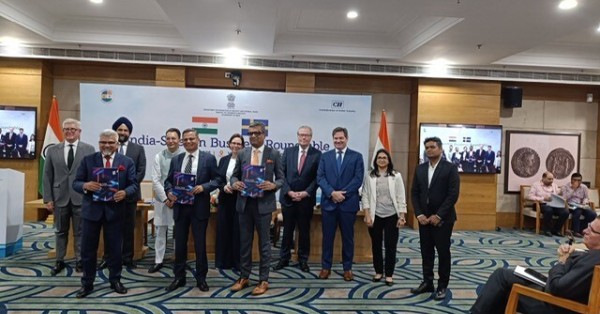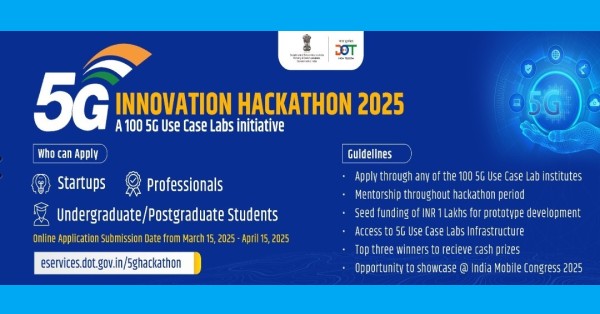MATRIXX Software, a well-regarded provider of monetization solutions in the telecom sector, has recently expanded its capabilities to include dynamic billing for satellite and non-terrestrial network (NTN) services. This strategic move is set to empower telecom operators to tap into the fast-growing low Earth orbit (LEO) satellite market, thereby broadening their reach to new and previously underserved regions.
Dynamic Billing for Emerging Satellite Services
With the global demand for connectivity continuing to rise, MATRIXX Software is equipping telecom operators with the tools needed to monetize satellite services through dynamic and flexible commercial models. This feature is particularly vital for telecoms that are collaborating with NTN providers, such as the notable partnerships between One New Zealand, T-Mobile USA, Japan‘s KDDI with Starlink, and Verizon and Vodafone with AST SpaceMobile. MATRIXX enables operators to swiftly roll out consumer and enterprise packages and manage wholesale relationships efficiently.
The platform excels in integrating revenue management for both terrestrial and NTN services, allowing operators not only to launch but also to monitor and adjust their satellite service offerings efficiently. The agility of MATRIXX’s platform is a significant advantage in an industry where many operators struggle with outdated billing systems that are costly and slow to update for satellite service support.
Unlocking New Revenue Streams
By integrating NTN services with their existing terrestrial and mobile networks, telecom operators can extend their coverage to geographically challenging regions. This expansion targets not just broader coverage but also specific segments such as emergency services and first responders. The ability to attract new subscribers and offer additional services to the existing customer base opens up new revenue opportunities while minimizing the need for substantial investments in terrestrial infrastructure.
Furthermore, NTN providers can significantly increase their market share and attract new investments by leveraging the extensive customer base and infrastructure of global telecom operators.
Enhanced Revenue Management with Unified Platform
MATRIXX’s unified platform transforms how service providers manage billing relationships across consumer, business, and wholesale domains. It supports a diverse array of billing models, including freemium plans, subscriptions, usage-based billing, roaming, threshold-based consumption notifications, and on-demand billing. Such flexibility is crucial for adapting to various payment models, whether prepaid, postpaid, or pay-as-you-go.
Marc Price, the Chief Technology Officer at MATRIXX Software, emphasized the significance of the recent surge in mobile-NTN partnerships and commercial launches. He noted that these developments are key to delivering superior services and enriching customer experiences in an era of widespread connectivity.
As investments in 5G networks and direct-to-device satellite communications continue to grow, the dynamic pricing and billing capabilities provided by MATRIXX across different ecosystems will play an essential role in enhancing revenue growth and maximizing returns on these investments.
About MATRIXX Software
MATRIXX Software is recognized for its dynamic billing, monetization, and charging solutions, which have been proven at scale in the global telecommunications sector. Leading service providers such as Telefnica, IoT providers like Tata Communications, and network-as-a-service providers like DISH rely on MATRIXX for its robust capabilities. The platform not only overcomes the limitations of traditional billing systems but also enables rapid configuration, deployment, and monetization of personalized offerings. This fosters commercial innovation and supports real-time customer experiences that are crucial for driving revenue and growth.
To discover more about MATRIXX Software and its offerings, visit their website at www.matrixx.com/product/.
This update from MATRIXX Software represents a significant step forward in the telecom industry’s ability to effectively monetize emerging satellite technologies. As the demand for universal and seamless connectivity grows, MATRIXX’s enhanced billing solutions are well-positioned to meet the evolving needs of telecom operators worldwide.























